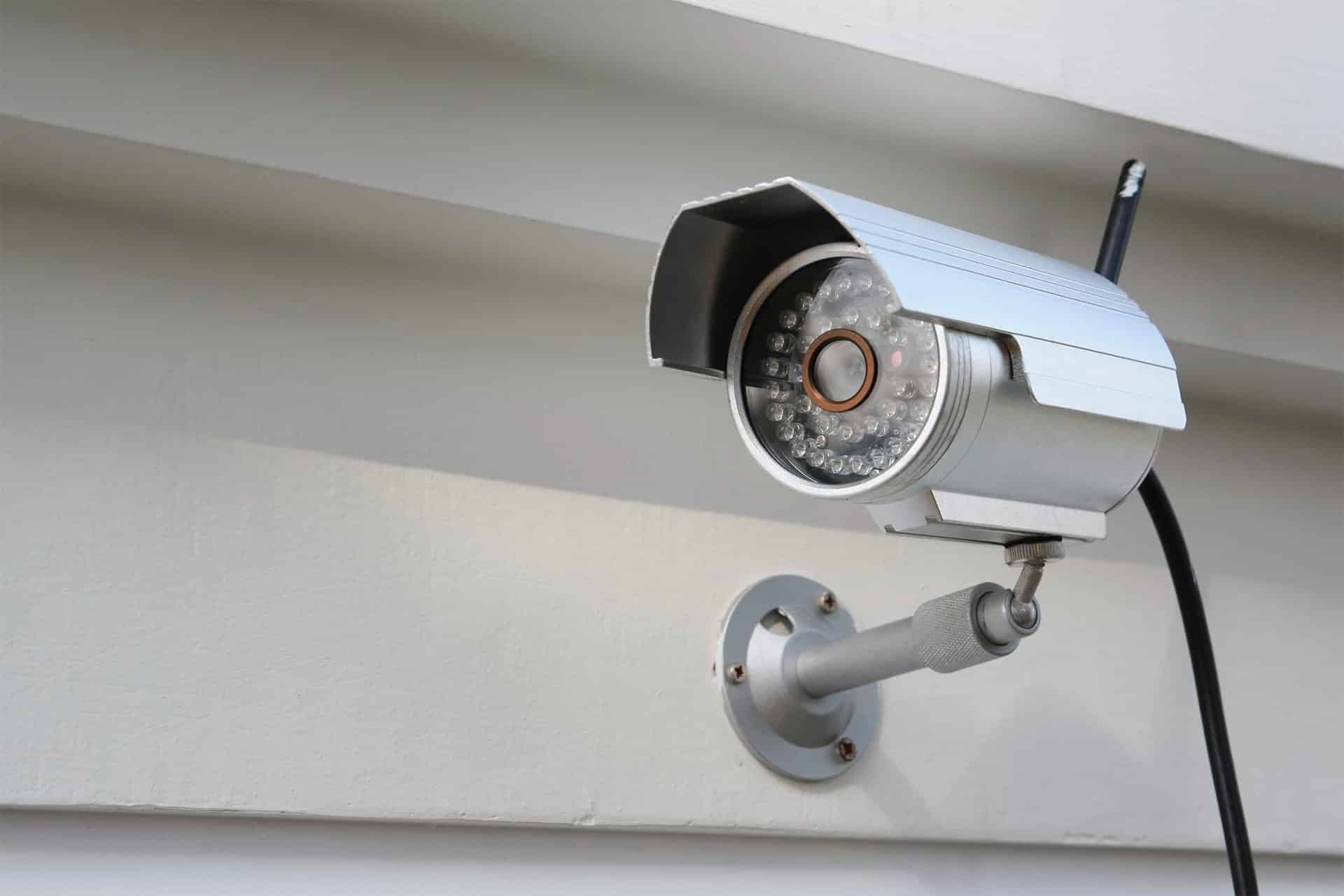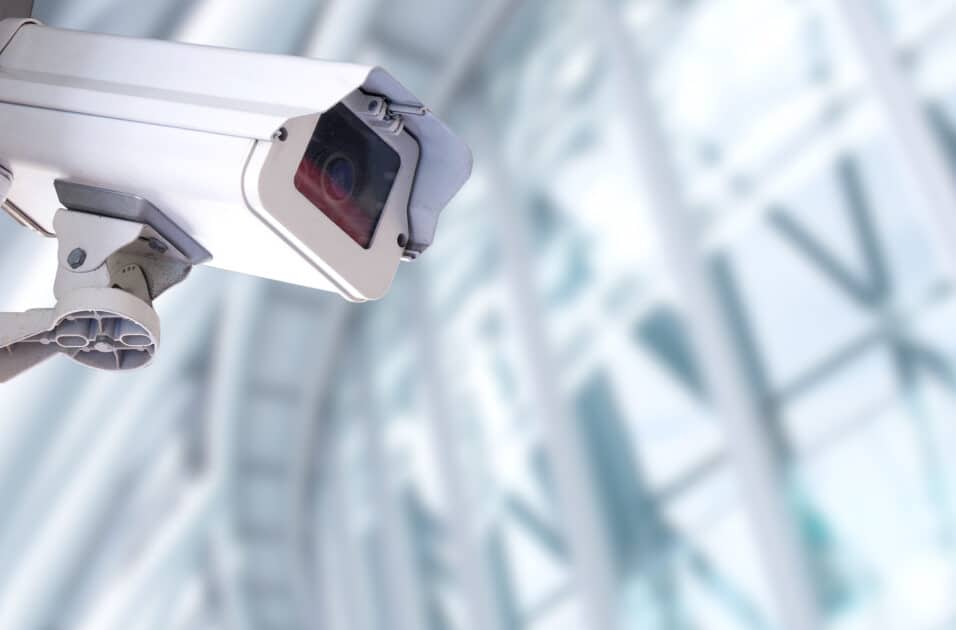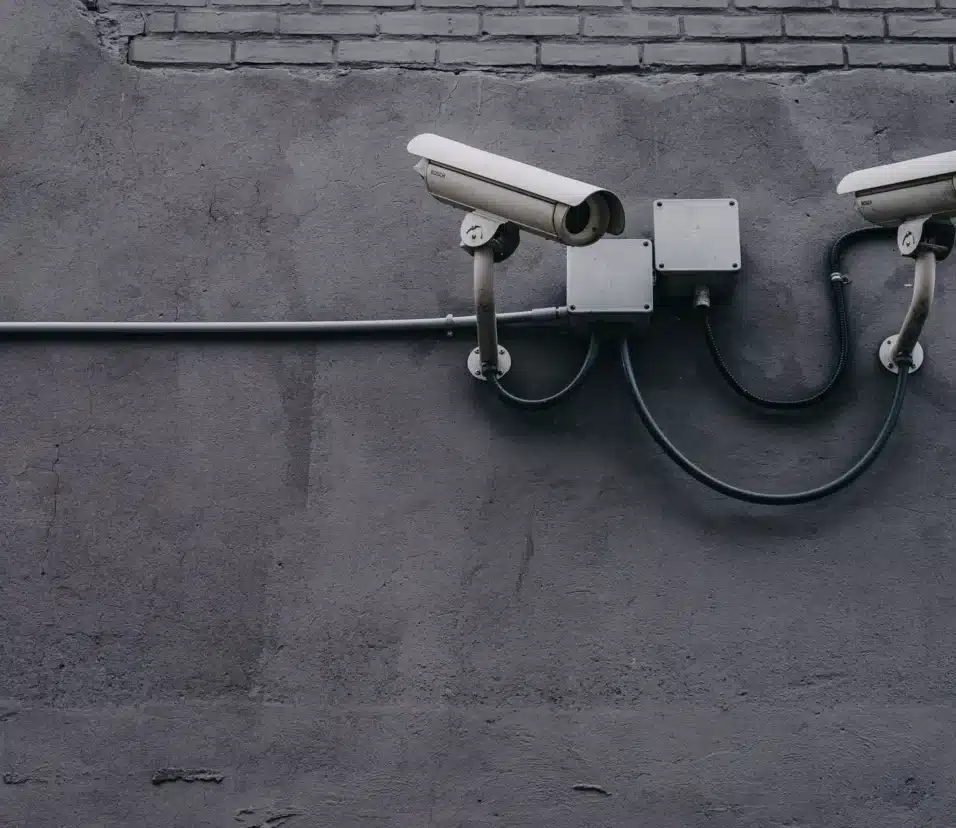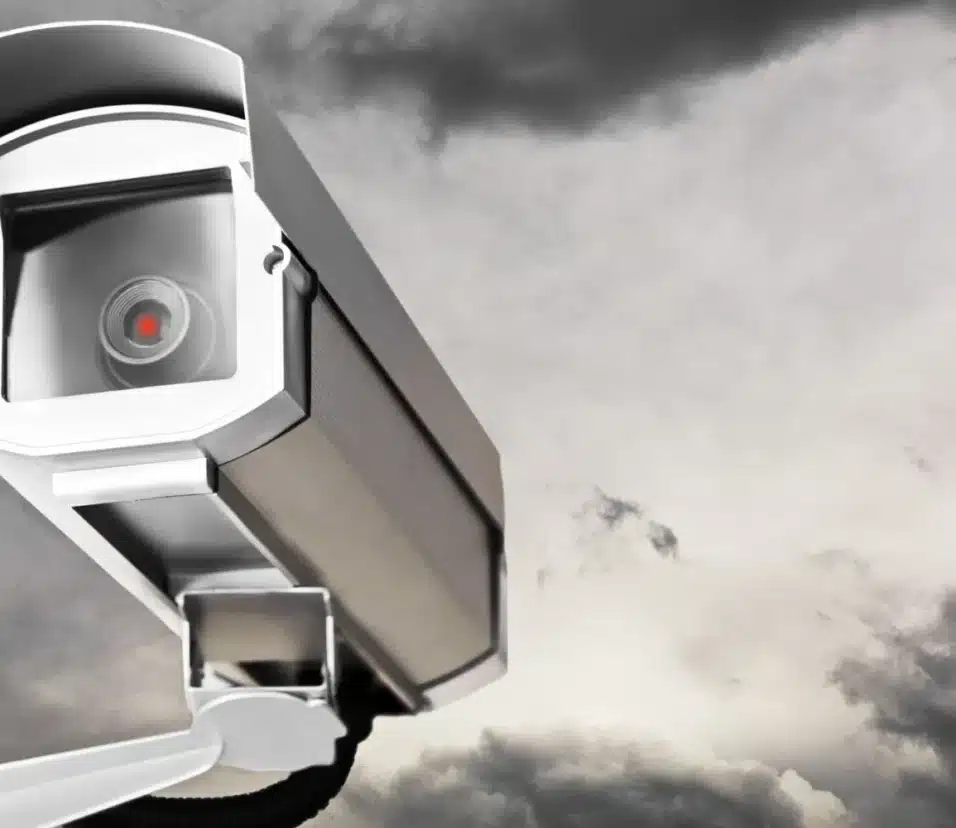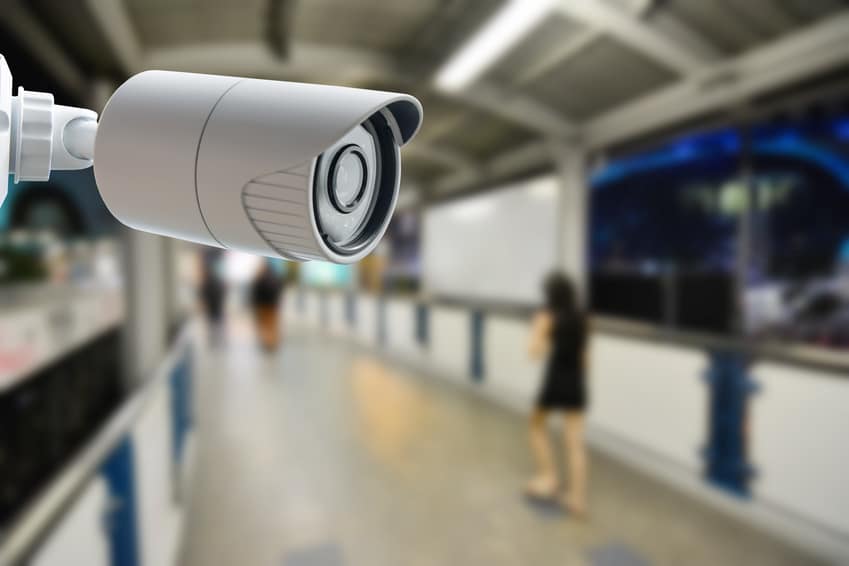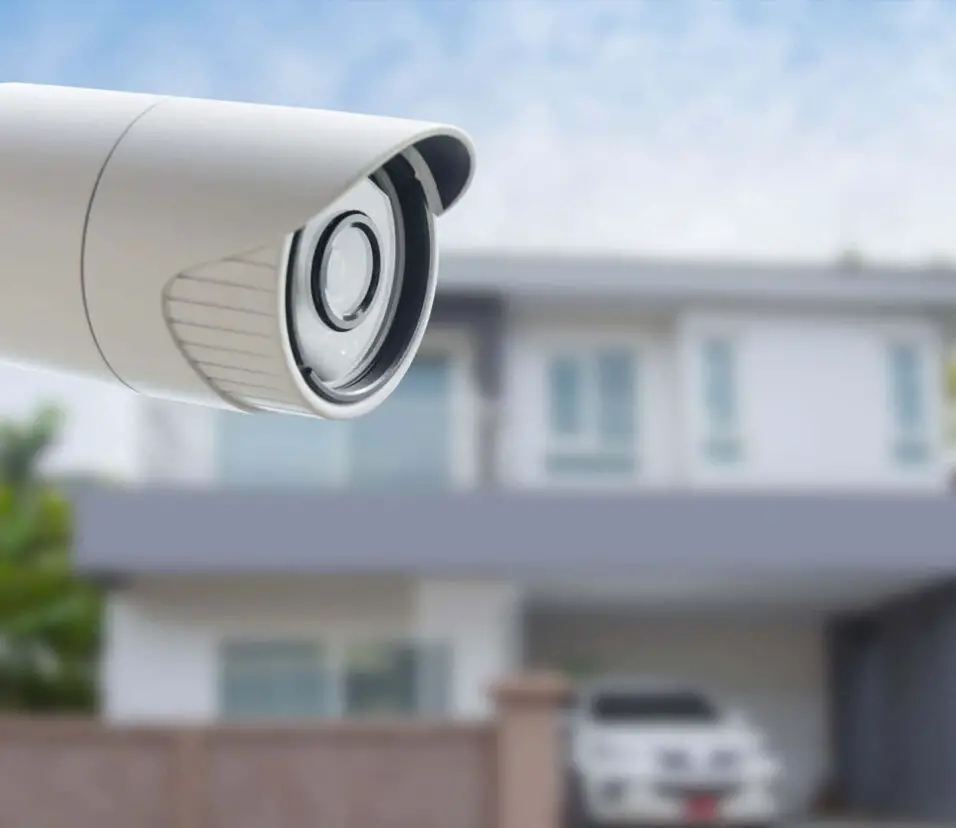How To Use A CCTV Camera
Introduction
How To Use A CCTV Camera: Closed-Circuit Television (CCTV) cameras have evolved from their rudimentary origins into sophisticated devices capable of providing real-time monitoring and recording of diverse environments. This guide is designed to cater to users ranging from novice to intermediate, offering clear and concise instructions on setting up, configuring, and maximizing the potential of CCTV systems.
As we progress to Chapter 3, we dive into the technical aspect of installation. Step-by-step instructions guide users through the setup process, demystifying intricate wiring and network configurations. Moreover, Chapter 4 acquaints users with the various types of CCTV cameras available, aiding in selecting the most suitable option based on the intended surveillance purpose. Here, we explore methods to retain and organize surveillance footage effectively, ensuring quick access when needed. Our journey culminates in Chapter 6, where we uncover advanced features such as remote access, motion detection, and integration with smartphones or computers.
Whether you aim to protect your home, business, or public space, harnessing the power of CCTV surveillance cameras requires a solid grasp of their operation. This guide equips you with the knowledge and confidence to utilize CCTV cameras proficiently, fostering a secure environment in an increasingly dynamic world. So, let’s embark on this enlightening journey of surveillance mastery and enhance the safety of your surroundings like never before.

Do CCTV cameras need wifi?
It’s not that CCTV cameras actually need Wi-Fi to function. Nevertheless, if you want remote smartphone access to what’s been going on at your business residence, then the cameras will need to be connected to your internet service. This can either be hardwired, which we would consider best practice, or via Wi-Fi.
CCTV cameras do not necessarily need Wi-Fi to function. While many modern CCTV cameras offer Wi-Fi connectivity as an option for remote monitoring and data transmission, it’s not a mandatory requirement for their basic operation.
Traditional wired CCTV systems, which have been in use for decades, do not rely on Wi-Fi. They use physical cables (like coaxial or Ethernet cables) to transmit video signals from the camera to a recording device, monitor, or central system. These systems are highly reliable and can operate independently of Wi-Fi networks.
However, in recent years, the integration of Wi-Fi capabilities into CCTV cameras has become increasingly popular. Wi-Fi-enabled cameras offer the advantage of wireless communication, allowing users to access live feeds and recorded footage remotely through smartphones, tablets, or computers. This can be particularly useful for monitoring situations where running cables is impractical or for providing flexibility in camera placement.
While Wi-Fi can enhance the functionality and convenience of CCTV cameras, it’s not an essential requirement for their basic operation. Wired CCTV systems remain effective and viable options for security and surveillance, especially in scenarios where Wi-Fi connectivity might be limited or unnecessary.
How to connect home CCTV to Internet?
How to connect CCTV camera to mobile phone without Internet?
- Step By Step Procedure To Use Mobile As CCTV
- Step 1: Enable Mobile Hotspot.
- Step 2: Connect Router To Mobile Hotspot (Optional).
- Step 3: IP Webcam Settings.
- Step 4: Start IP Webcam App.
- Step 5: Watch Live Stream On The Receiver Device.
Connecting your home CCTV system to the internet can provide you with remote access and real-time monitoring capabilities. Here’s a basic guide to help you establish this connection:
Check Camera Compatibility:
Ensure that your CCTV cameras are internet-compatible. Some cameras come with built-in Wi-Fi or Ethernet ports for direct connectivity.
Network Setup:
Connect your CCTV cameras to your home network. If using Wi-Fi, access your camera’s settings and connect it to your Wi-Fi network using your network’s SSID and password. If using Ethernet, connect the camera to your router using an Ethernet cable.
Router Configuration:
Log in to your router’s administration interface. Locate the connected cameras and assign them static IP addresses. This ensures the cameras have consistent addresses and won’t change over time.
Port Forwarding:
To access your cameras remotely, configure port forwarding on your router. This directs incoming requests from the internet to your cameras. Assign unique port numbers for each camera to avoid conflicts.
Dynamic DNS (DDNS):
If your home doesn’t have a static IP address, consider using a DDNS service. This allows you to access your cameras using a domain name that updates automatically when your IP address changes.
Camera Software:
Install any necessary software or apps provided by the camera manufacturer to access your cameras remotely. Use the static IP addresses or DDNS domain names to connect.
Security Settings:
Set up strong passwords for your cameras and the associated software. Enable encryption and other security features to protect your footage and privacy.
Test Connection:
Once everything is set up, test your remote connection to ensure you can access live feeds and recorded footage from outside your home network.
Remember that security is paramount when connecting your CCTV system to the internet. Regularly update your camera firmware and software to patch vulnerabilities. By following these steps, you can enjoy the convenience and peace of mind that remote access to your home CCTV system provides.
How does a CCTV camera works?
CCTV systems work based on capturing a sequence of images and displaying them as Real-time videos. The two types of CCTV systems are wired and wireless systems. Wireless systems work on the concept of connecting to a signal hub connection and giving you 24/7 viewing.
A CCTV (Closed-Circuit Television) camera operates as a surveillance tool by capturing video footage of specific areas and transmitting it to monitors or recording devices for observation and analysis.
The process involves several key components working in tandem.
Camera Lens and Sensor:
The camera’s lens focuses light onto a sensor, typically a Charge-Coupled Device (CCD) or Complementary Metal-Oxide-Semiconductor (CMOS) sensor. These sensors convert the incoming light into an electronic signal.
Signal Conversion:
The electronic signal generated by the sensor is then transformed into a digital signal by an analog-to-digital converter (ADC). This digital signal contains the image information.
Processing and Compression:
The camera’s internal processor processes the digital image data and may apply adjustments such as color correction, noise reduction, and exposure control. The data may also be compressed to save storage space and bandwidth.
Transmission:
The processed and compressed video data is transmitted via cables (such as coaxial or Ethernet cables) to recording devices, monitors, or other output devices. In some cases, wireless transmission via Wi-Fi is utilized.
Recording and Display:
The video data is stored on recording devices like Digital Video Recorders (DVRs) or Network Video Recorders (NVRs). These devices allow for real-time monitoring and the ability to review captured footage.
Monitoring and Remote Access:
Users can view live or recorded video feeds on monitors or remotely through software applications on computers, smartphones, or tablets. Some cameras also have built-in web servers for direct access.
Power Supply:
CCTV cameras require a power source to operate. This power can be provided through batteries, power over Ethernet (PoE), or direct electrical connections.
Security Measures:
Modern CCTV systems often incorporate features like motion detection, night vision, and even facial recognition technology. Additionally, data encryption and authentication help ensure the security and integrity of the captured footage.
What are 3 main uses of CCTV cameras?
CCTV in public places
provide evidence to relevant enforcement agencies. maintain public order. prevent antisocial behaviour and nuisance. provide reassurance.
CCTV cameras serve a multitude of purposes, with their applications spanning across various sectors. Three primary uses stand out:
Security and Surveillance: One of the most prevalent applications of CCTV cameras is security and surveillance. They help deter crime, monitor activities, and provide evidence in case of incidents. Whether in homes, businesses, or public spaces, CCTV cameras capture and record footage that aids in identifying trespassers, burglars, and other potential threats. They offer real-time monitoring and enable authorities to respond promptly to emergencies.
Traffic Monitoring and Management: CCTV cameras play a crucial role in traffic control and management. They are strategically positioned at intersections, highways, and major roadways to monitor traffic flow, detect accidents, and identify traffic violations. This information is used to optimize traffic signal timings, improve road safety, and alleviate congestion. In some cases, automatic license plate recognition systems are integrated to track vehicles and issue fines for violations.
Public Safety: CCTV cameras contribute significantly to public safety by monitoring public spaces such as parks, train stations, airports, and shopping centers. They help prevent and address incidents like vandalism, disturbances, and even natural disasters. In crowded areas, these cameras aid in crowd management during events and emergencies. Moreover, CCTV footage can provide valuable insights for investigations and disaster response efforts.
Overall, CCTV cameras enhance security, aid law enforcement, facilitate efficient traffic management, and contribute to the safety and well-being of individuals in various settings. Their versatile applications continue to make them indispensable tools in modern society.
Could you explain the various types of CCTV camera lenses available and how they impact the field of view and image quality?
CCTV camera lenses come in various types, each affecting the field of view and image quality differently.
Fixed Lens: These have a constant focal length, providing a fixed field of view. They are suitable for monitoring specific areas but lack flexibility.
Varifocal Lens: These allow manual adjustment of the focal length, altering the field of view. They offer versatility in capturing different distances but require manual adjustments.
Zoom Lens: These can change focal length remotely, offering variable field of view without physical adjustments. They provide flexibility for monitoring various scenarios.
Wide-Angle Lens: These have short focal lengths, covering expansive areas. They’re ideal for capturing a broad scene but might compromise image details.
Telephoto Lens: These have long focal lengths, enabling distant objects to appear closer. They’re useful for focused surveillance but may have a narrower field of view.
Fish-Eye Lens: These offer a 180-degree or even 360-degree view, capturing a wide area with distortion. They’re suitable for panoramic views but might compromise image quality at edges.
The lens type significantly impacts image quality. Higher quality lenses with better glass and coatings yield sharper, clearer images. Wide-aperture lenses gather more light, enhancing low-light performance. However, wider apertures might result in shallower depth of field, potentially affecting focus. Additionally, lens distortion and aberrations can impact image clarity. Choosing the right lens involves balancing field of view, image quality, and specific monitoring needs. By following these key steps, you can ensure that your CCTV camera is successfully configured and connected to a monitoring system or recording device, providing reliable surveillance and peace of mind. In crowded areas, these cameras aid in crowd management during events and emergencies. Moreover, CCTV footage can provide valuable insights for investigations and disaster response efforts.
In what ways can remote access to CCTV camera feeds be established, and what security measures should be taken to prevent unauthorized access?
Remote access to CCTV camera feeds can be established through various methods, each requiring specific security measures to prevent unauthorized access.
Network Access: Cameras can be connected to a network, allowing access through an internet browser or dedicated software. Strong network security practices, such as firewall configurations and regular updates, are vital to prevent breaches.
Cloud Services: Cloud-based solutions enable remote viewing via secure accounts. Multi-factor authentication (MFA) adds an extra layer of security, preventing unauthorized logins.
Mobile Apps: Manufacturers often provide mobile apps for remote monitoring. Keeping these apps updated and using strong, unique passwords is crucial.
Virtual Private Networks (VPNs): Using a VPN adds encryption and secure tunneling, safeguarding data transmission. Ensure VPNs are well-configured and updated.
Port Forwarding: This method requires caution as it can expose cameras to vulnerabilities. Change default ports, use strong passwords, and consider VPNs instead.
Secure Credentials: Strong, unique passwords for cameras and associated accounts are fundamental. Regularly update passwords and disable default accounts.
Firmware Updates: Keep camera firmware updated to patch security vulnerabilities and improve overall system integrity.
Network Segmentation: Separate cameras on a dedicated network segment to minimize the impact of a breach.
Regular Auditing: Periodically review access logs, user accounts, and permissions to detect and address any suspicious activities.
Physical Security: Ensure cameras are physically protected from tampering or theft to prevent unauthorized access at the hardware level.
Combining these measures helps establish robust remote access to CCTV feeds while significantly reducing the risk of unauthorized access and potential security breaches.
How can you choose an optimal location for installing a CCTV camera to maximize its coverage and effectiveness?
Selecting the ideal location for installing a CCTV camera is pivotal to ensuring comprehensive coverage and optimal effectiveness. Several crucial considerations must be weighed to achieve this goal. First, identify high-risk areas like entry points, parking lots, and vulnerable spots where valuable assets are stored. These points are prime candidates for camera placement.
Additionally, take lighting conditions into account. Cameras should be positioned to avoid direct sunlight or glare, as it can hinder image quality. Instead, opt for areas with uniform lighting to capture clear visuals throughout the day. Furthermore, factors like camera angle and elevation play a vital role. Mount cameras at an appropriate height and angle to capture facial details and minimize blind spots.
The weather also matters – choose cameras designed to withstand the environmental conditions of the installation area. If it’s an outdoor setting, ensure the camera is weatherproof and equipped to handle dust, rain, and temperature fluctuations.
Equally important is securing the camera against vandalism or tampering. Install cameras out of reach and within protective casings to deter malicious activities. Lastly, consider the legal implications and privacy concerns when aiming cameras towards public areas.
Meticulous planning and assessment of risk-prone areas, lighting, camera angles, weather resistance, and security measures are pivotal to selecting an optimal location for a CCTV camera. By carefully addressing these facets, one can maximize coverage and the overall effectiveness of the surveillance system. In crowded areas, these cameras aid in crowd management during events and emergencies. Moreover, CCTV footage can provide valuable insights for investigations and disaster response efforts.
What are the key steps involved in configuring and connecting a CCTV camera to a monitoring system or recording device?
Configuring and connecting a CCTV camera to a monitoring system or recording device involves several crucial steps to ensure seamless functionality and effective surveillance.
Camera Placement and Mounting:
Select an appropriate location for the camera that offers optimal coverage. Mount it securely to prevent vibrations and maintain a steady view.
Power Supply:
Ensure a stable power source is available near the camera location. Use appropriate power cables and connectors to supply electricity.
Video Transmission:
Connect the camera’s video output to a compatible cable, which could be coaxial, Ethernet, or HDMI, depending on the camera and recording system.
Network Configuration:
For IP cameras, configure network settings including IP address, subnet mask, and gateway to enable communication over the network.
Recording Device Setup:
Connect the camera to the recording device, whether it’s a DVR (Digital Video Recorder) or NVR (Network Video Recorder). Configure the recording settings, such as resolution, frame rate, and recording schedule. In crowded areas, these cameras aid in crowd management during events and emergencies. Moreover, CCTV footage can provide valuable insights for investigations and disaster response efforts.
Software Configuration:
Install any required software or apps for remote access and monitoring. Configure user accounts, passwords, and access permissions.
Testing and Fine-Tuning:
Verify camera feeds on the monitoring system to ensure proper connectivity and image quality. Make necessary adjustments to camera angles, focus, and settings.
Remote Access:
Set up remote access through a secure connection, allowing you to monitor the camera feed from anywhere using a smartphone, tablet, or computer.
Storage Management:
Configure storage settings, such as setting up loops for continuous recording or motion-triggered recording to optimize storage usage.
Backup and Redundancy:
Implement backup solutions to prevent data loss. This could involve off-site storage, redundant recording devices, or cloud-based backups.
By following these key steps, you can ensure that your CCTV camera is successfully configured and connected to a monitoring system or recording device, providing reliable surveillance and peace of mind. In crowded areas, these cameras aid in crowd management during events and emergencies. Moreover, CCTV footage can provide valuable insights for investigations and disaster response efforts.
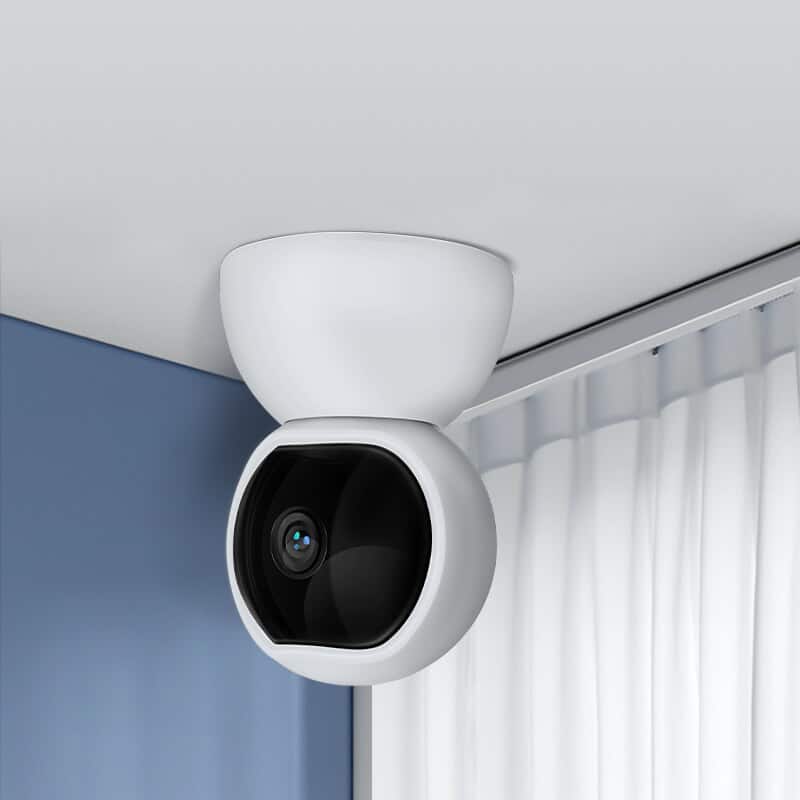
Conclusion
Mastering the art of CCTV camera usage is not just about technical know-how; it’s about empowering yourself with the ability to enhance security, monitor activities, and respond effectively to potential threats. This guide has provided a comprehensive roadmap, from understanding the basics to implementing advanced features, ensuring that you can make the most of your CCTV system.
By now, you’ve learned how to strategically position cameras to cover vulnerable areas, set up the hardware and software components seamlessly, and store and manage footage efficiently. You’re equipped with the expertise to navigate the diverse landscape of CCTV camera options, selecting the ones that align with your surveillance goals.
Remember that the true power of CCTV cameras lies not just in their hardware, but in your ability to utilize them as tools for safeguarding your surroundings. Regular maintenance, updates, and adherence to ethical considerations are equally crucial in maintaining the effectiveness of your system.
As technology continues to evolve, staying informed about the latest trends and innovations in the field of CCTV security cameras will further empower you to adapt and optimize your security measures. Whether you’re a homeowner, business owner, or responsible for public spaces, the knowledge you’ve gained here empowers you to take charge of your security with confidence.
In an era where security is a shared concern, your commitment to harnessing the potential of CCTV cameras contributes to the collective effort to create safer environments for everyone. So go forth, implement your newfound expertise, and contribute to a more secure and vigilant world. In crowded areas, these cameras aid in crowd management during events and emergencies. Moreover, CCTV footage can provide valuable insights for investigations and disaster response efforts.



